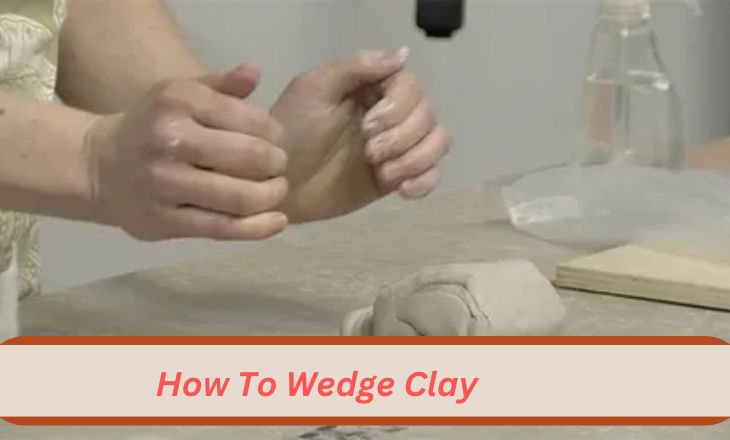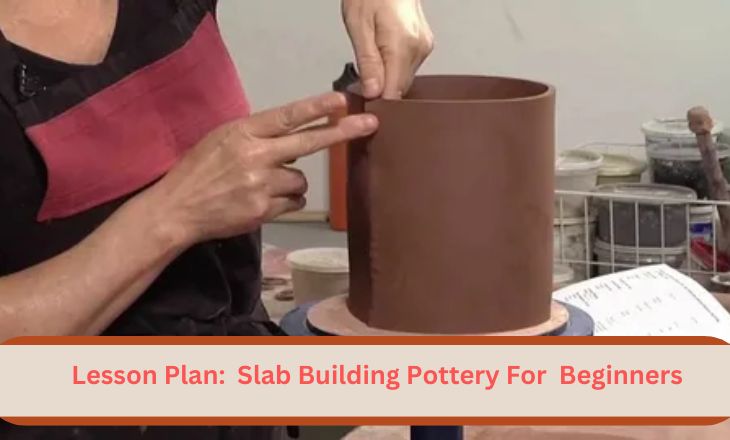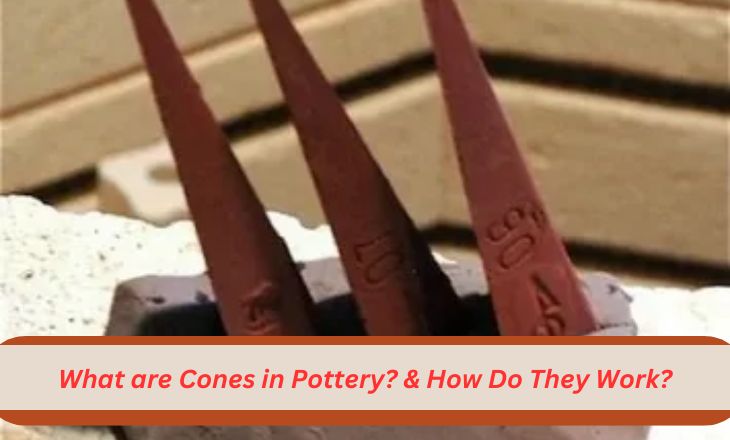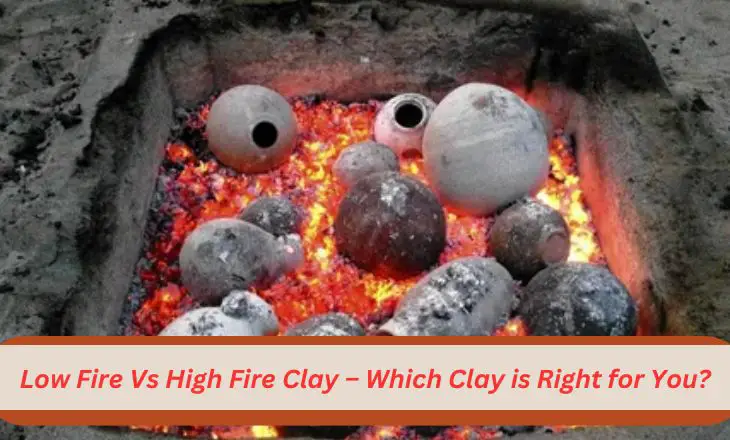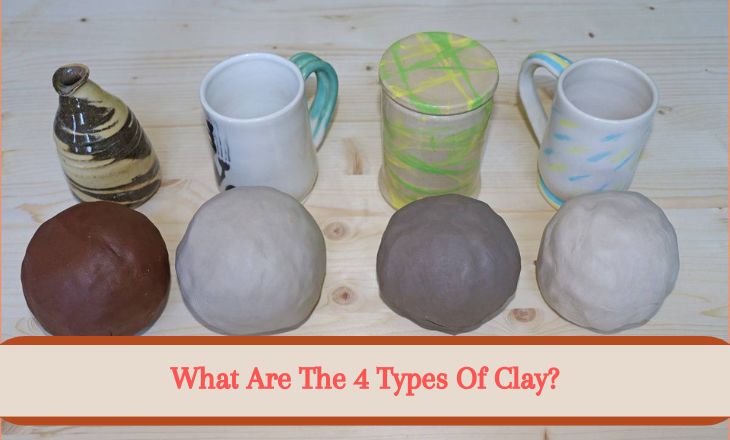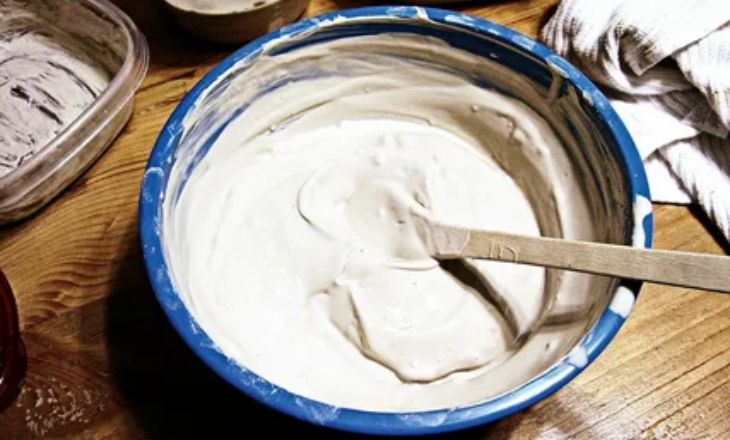How To Wedge Clay A Step By Step Guide
Cutting clay into small pieces then rolling and pressing them together repeatedly to eliminate air bubbles and achieve a homogeneous consistency is the simplest method for wedge clay. This procedure aids in getting the clay ready for molding and shaping.

